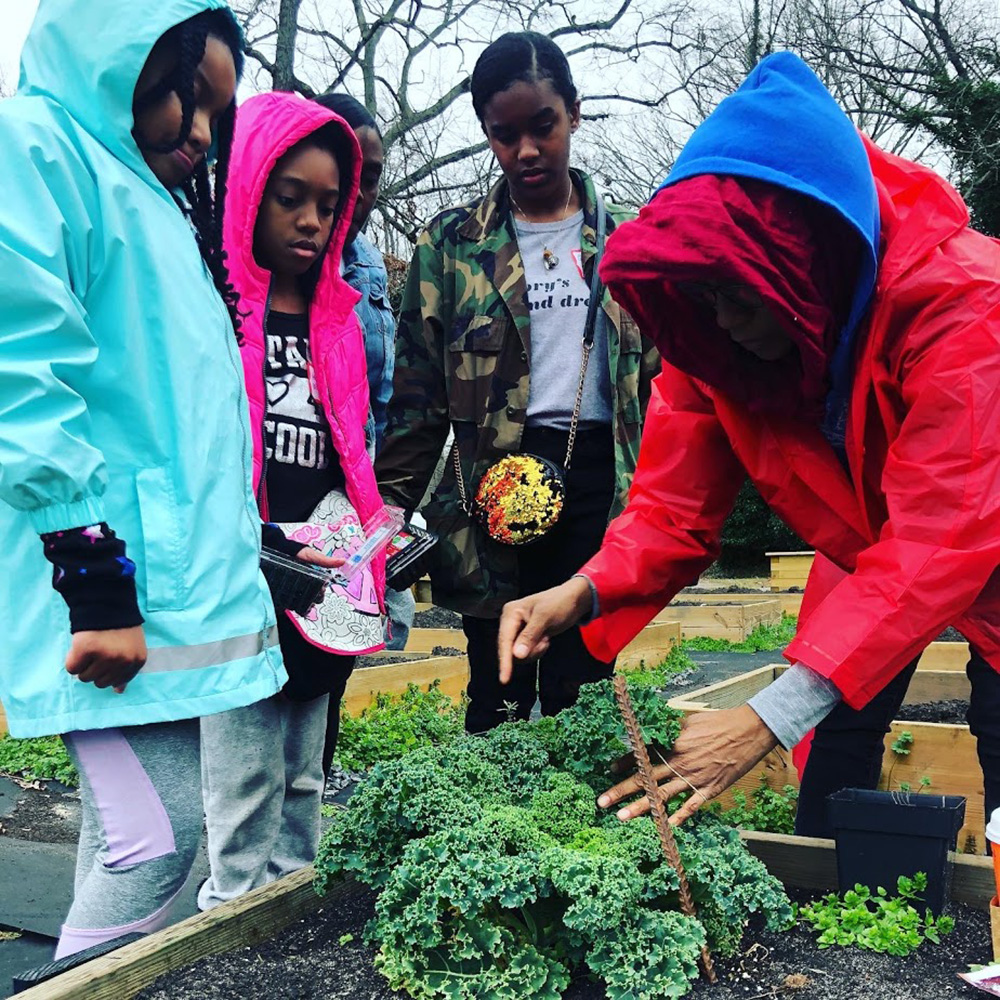Does winter weather have you anxious for spring? Are you ready to start digging in the dirt and growing tomatoes, peppers, squash and other warm-season veggies? Even though there are still chilly days ahead, you can plan now for your spring vegetable garden. Experimenting with new and new-to-you vegetables is one of the advantages of starting plants from seeds.
There are several different planters that can be used to start seeds, so experiment. One favorite is peat pellets on planting trays with clear lids. Peat pellets are those small, round discs that expand when watered. You can buy them at most big-box stores or garden centers. Read the seed package to determine how deep to plant the seeds for optimal germination.
It’s best to give seedlings six to eight weeks to grow before outdoor temperatures are safe for planting them in the vegetable garden. Even though we have had warmer-than-normal weather, May 1 is still a good target date for starting a vegetable garden. Counting backwards from the first of May, the middle of March is a good time to start growing seeds indoors.
Warm soil, not just warm air temperature, is crucial for summer vegetable plant roots to begin growing. It may take longer for soil temperatures to warm up to between 60 and 65 degrees Fahrenheit, which is the optimal planting temperature range. Get accurate soil temperatures for your area through the University of Georgia’s weather network at www.georgiaweather.net.
To start seeds indoors before the temperatures get higher outside, you can use a lamp system of one cool fluorescent lamp paired with one warm one. This provides light in the spectrum that plants need for optimal germination and growth. This combination provides enough warmth and light to get seedlings to germinate within a few days.
To provide moisture, add water to the bottom of the pellet-filled trays. The water will be soaked up from the base and this will prevent early problems with root rot and disease. Seeds and seedlings need to be moist, but not wet. Seeds will germinate and produce their first cotyledons (new seed leaves) under the tray covers. Once the first true leaves appear, remove the tray covers.
Soon after the lid is removed, transplant the seedlings to 3- or 4-inch diameter pots. Larger pots give seedlings room for root expansion. When the plants have three or four true leaves on the stem, they are ready to be moved outdoors during the day.
The immature seedlings need to harden off (adjust to life outdoors) gradually outside, but they won’t withstand cold temperatures or even intense sunlight at this point. The weather should be closely monitored during this time. Bring seedlings in at night to protect them from temperature extremes. Once spring temperatures are consistently above freezing, the new plants can be moved into the garden.
Patience is the key to growing vegetables from seeds. Starting vegetables from seeds requires that you trust in neglect, so don’t give the seedlings too much attention.
I can’t think of anything more satisfying than knowing I was able to produce a productive vegetable garden from just some tiny seeds.
For more information about growing a vegetable garden, see UGA Cooperative Extension publications at extension.uga.edu/publications.

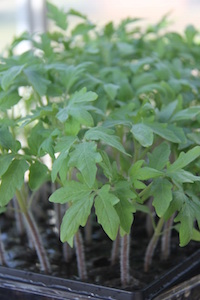
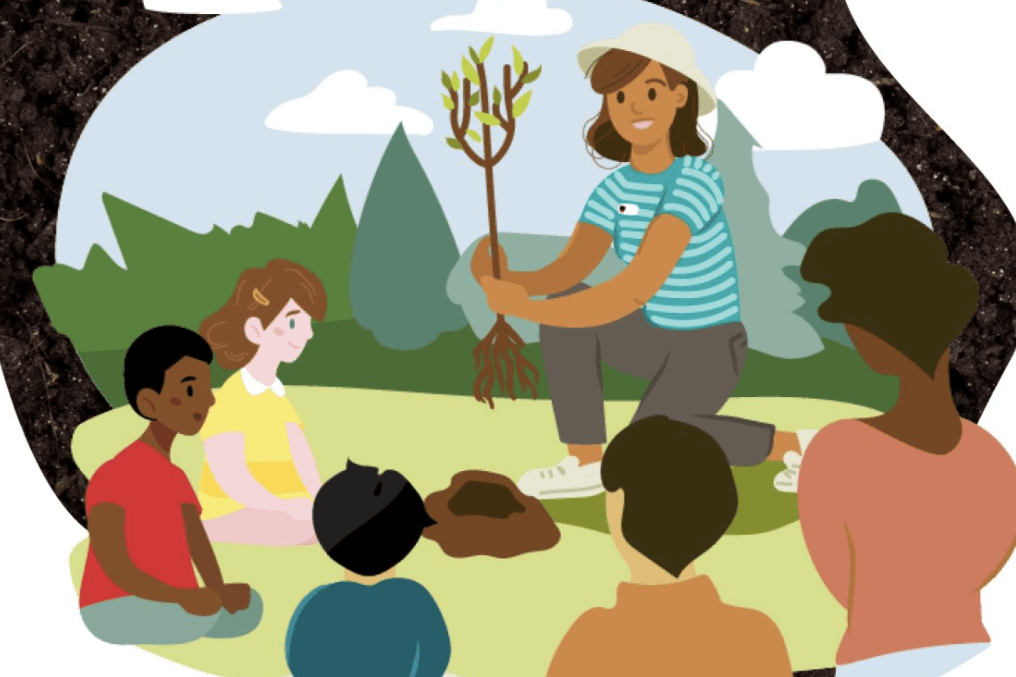
.png)
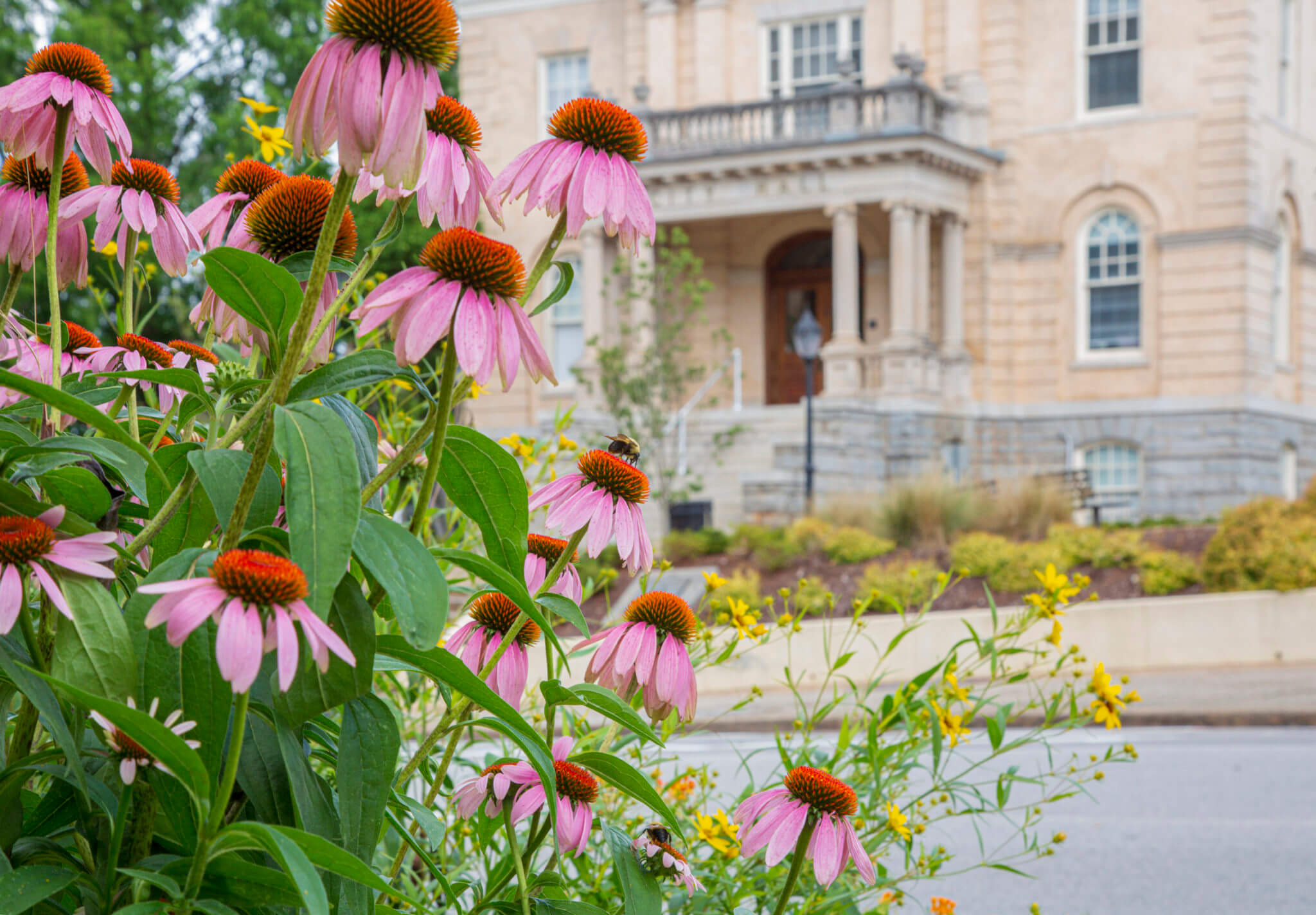
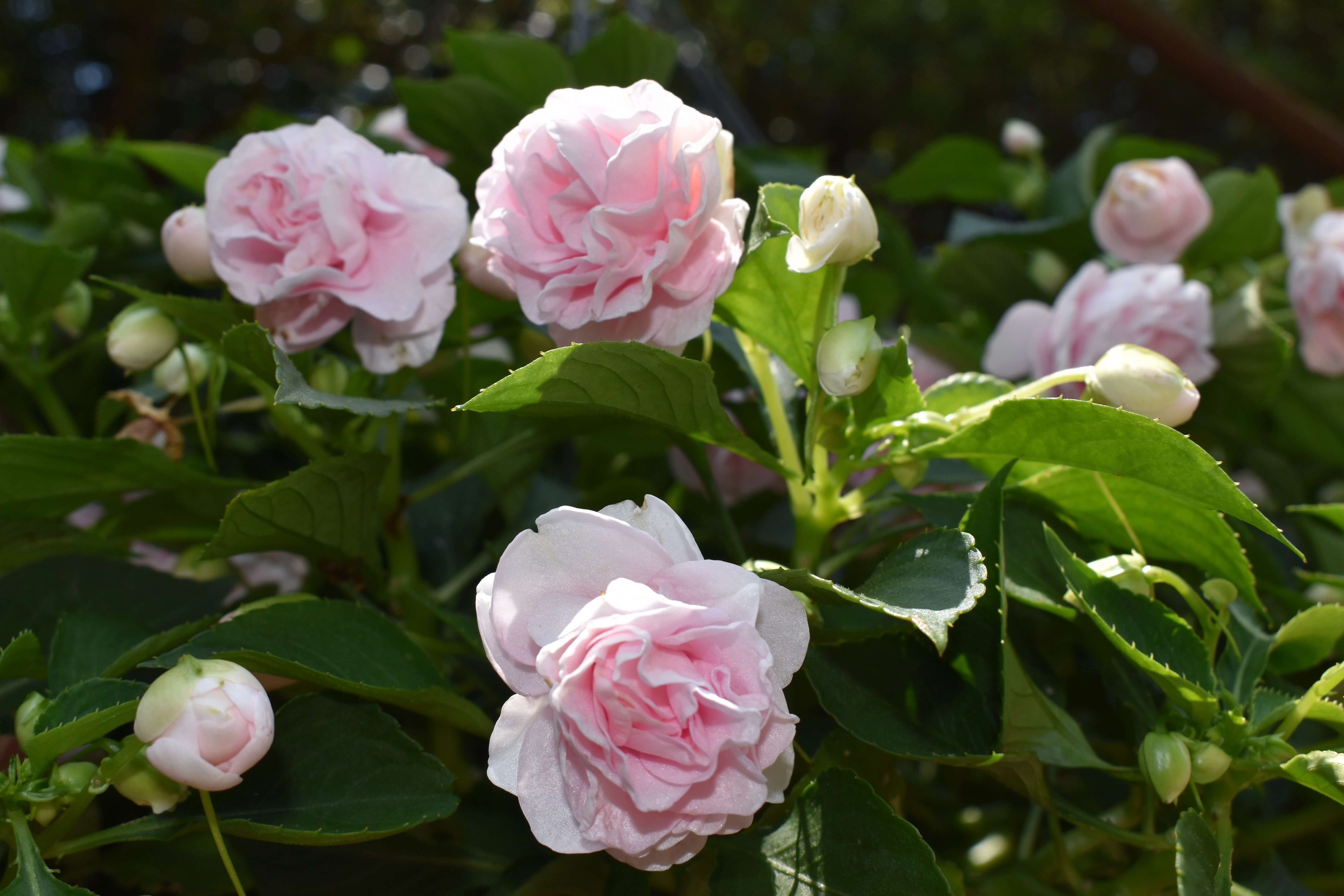
.jpg)
